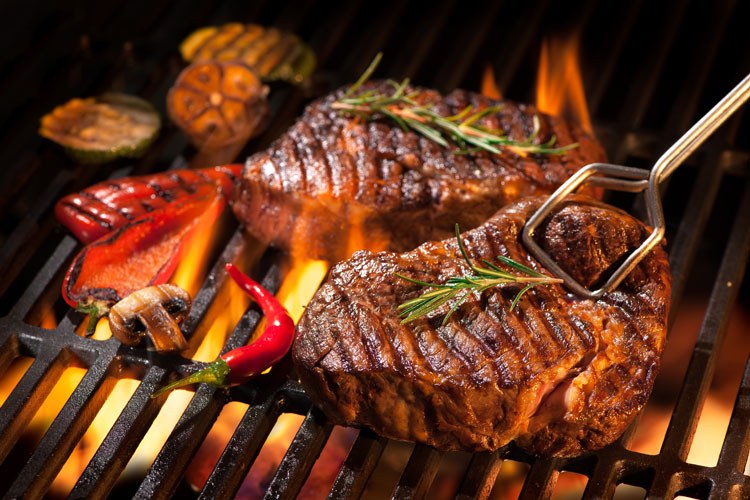
The dairy industry was in turmoil this spring with dumped milk and bottomed-out prices. Dairy farmers’ second source of revenue — the beef market — wasn’t doing much better.
Even the general public became aware of COVID-19 outbreaks ravaging meatpacking plants. The closures forced by those employee shortages could have longer-term implications for the beef industry than we might think. That’s according to a report from Cortney Cowley, an economist at the Federal Reserve Bank of Kansas City.
Up a half million
Due to the closures of meatpacking plants, the beef industry may have been oversupplied by about 500,000 head of cattle through the end of June, the report states. That problem is not resolved quickly or easily.
With demand for live cattle now in a free fall due to oversupply, prices have dropped dramatically, too, and still have not recovered to their pre-COVID levels. That’s wildly destructive news for farmers. The University of Missouri Food and Agricultural Policy and Research Institute (FAPRI) estimates that livestock revenue could slide 8% this year.
Higher prices limit access
As this situation was unfolding, demand was skyrocketing for meat at grocery stores. That continued to a degree even as some areas of the country began to reopen and wholesale food sales slowly crept back up in late April and May. With meatpacking plants still operating at reduced capacities, the consumer prices rose as retail beef garnered 18% more money in May 2020 than a year prior.
These inflated prices could be a breaking point for some consumers, the report adds. “First, the U.S. meat industry is highly dependent on domestic consumption,” Cowley writes. And domestic consumption regularly declines during times of economic recessions; that’s evident in a clear drop-off around the 2008 recession that didn’t recover until 2018.
Higher-priced meat from these situations earlier this year could have a lingering effect by causing people to buy less of it. During this temporary price spike and the shortages this spring, some consumers might lean into trying plant-based or other forms of protein. Maybe some will simply incorporate less meat into their diet, the report suggests.
Meat is also a luxury for some consumers. Lower-income households spend a much higher percentage of their income on food and may be less flexible to increase that amount if food prices go up. Using cheaper, alternative protein sources might be a logical solution.
Beef is not going away for consumers or producers. But the challenges the industry continues to deal with could change its perception in the coming weeks and months.








